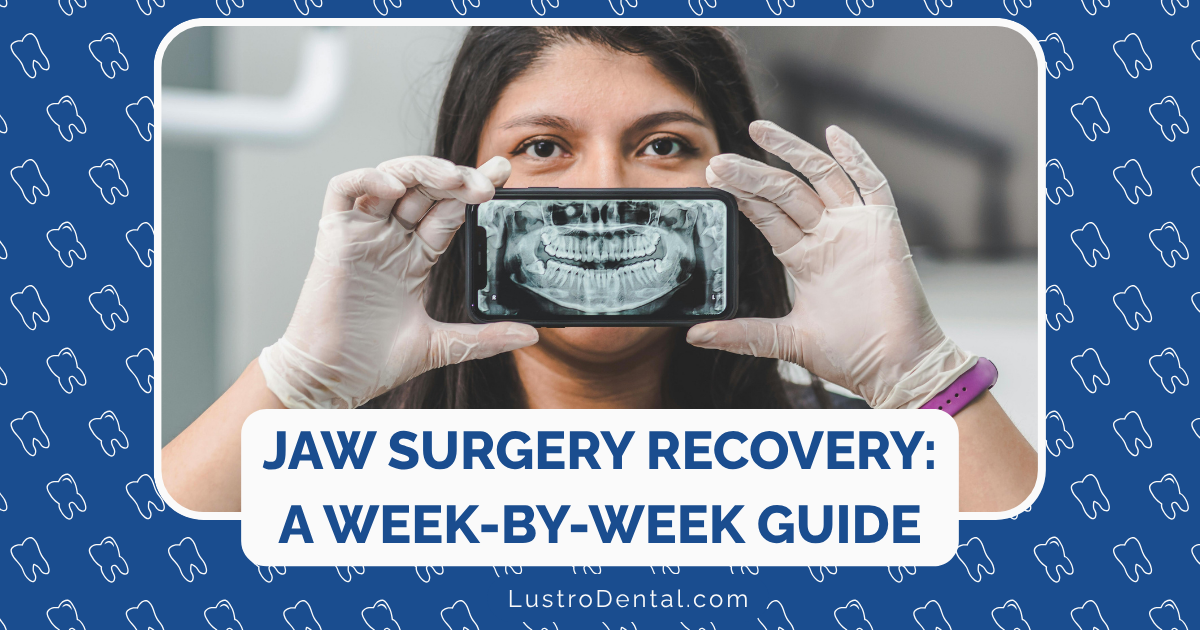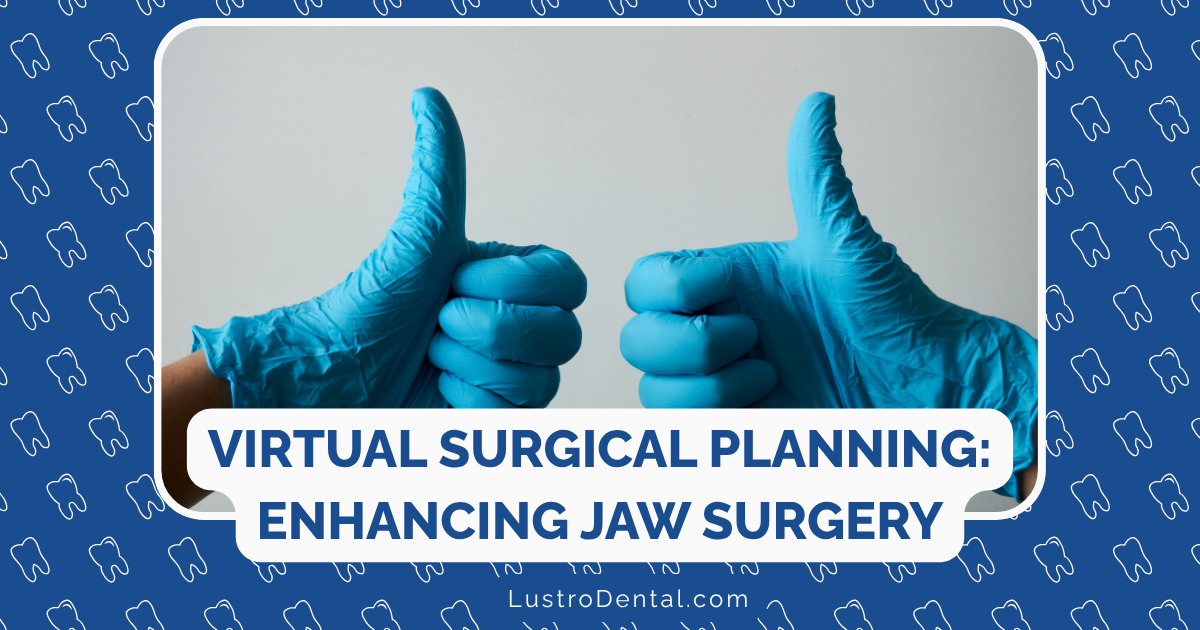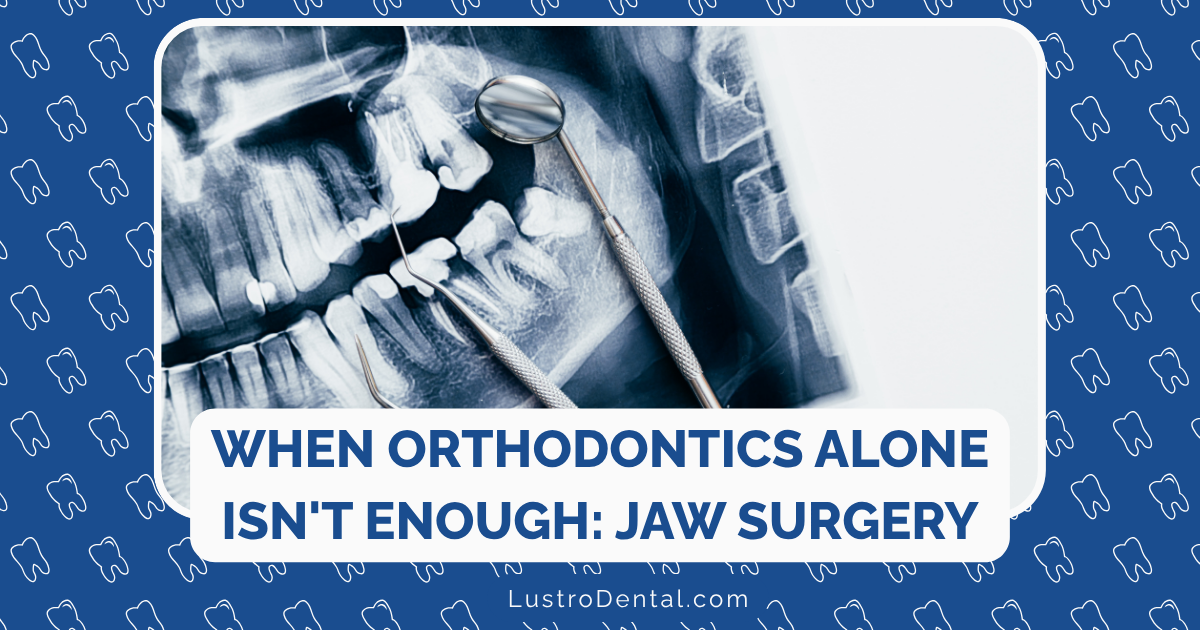Managing Orthodontic Treatment with Existing Dental Work: Crowns, Implants, and More

As we age, our dental histories become more complex. Many adults considering orthodontic treatment have existing dental work—crowns, bridges, implants, veneers, or root canals—that can complicate the straightening process. If you’re among the growing number of adults seeking a straighter smile later in life, you might wonder: “Is orthodontic treatment even possible with my existing dental work?”
The good news is that in 2025, orthodontic treatment is more adaptable and innovative than ever before. While existing dental restorations do present unique challenges, they rarely make orthodontic treatment impossible. Instead, they require thoughtful planning, specialized techniques, and sometimes creative approaches to achieve the desired results.
In this comprehensive guide, we’ll explore how different types of dental work interact with orthodontic treatment and provide practical insights for navigating this complex terrain.
Understanding the Intersection of Orthodontics and Restorative Dentistry
Before diving into specifics, it’s important to understand a fundamental principle: orthodontic treatment moves teeth through bone, while restorative dentistry replaces or repairs parts of teeth. These two disciplines intersect when we attempt to move teeth that have been restored or work around dental restorations that cannot be moved.
According to the American Association of Orthodontists, about 25% of orthodontic patients are adults, many of whom have existing dental work. This growing trend has pushed the field to develop better techniques for managing these complex cases.
Orthodontic Treatment with Different Types of Dental Work
Dental Crowns
What You Need to Know: Crowns are caps that cover damaged or decayed teeth. They’re typically made of porcelain, ceramic, or metal, and are cemented onto prepared natural teeth.
Challenges:
- Bonding orthodontic brackets to crowns can be difficult, as the materials don’t adhere as well as they do to natural enamel
- There’s a risk of damaging the crown during bracket placement or removal
- Porcelain crowns may stain differently than natural teeth during treatment
Solutions and Approaches:
- Special bonding agents: Orthodontists now use specialized adhesives designed specifically for ceramic and metal surfaces.
- Strategic bracket placement: Sometimes brackets can be positioned to minimize stress on the crown.
- Orthodontic bands: For molars with crowns, bands that encircle the tooth may be used instead of directly bonded brackets.
- Clear aligners: Systems like Invisalign don’t require bonding to teeth and can be an excellent option for patients with multiple crowns.
Expert Insight: According to Dr. James Chen of Tisseront Orthodontics, “There is no stipulated wait time between crown insertion and starting orthodontic treatment. However, patients should ensure there is no sensitivity after crown placement before getting braces.”
Dental Implants
What You Need to Know: Dental implants are titanium posts surgically embedded in the jawbone that support artificial teeth. Unlike natural teeth, implants are completely fused to bone (osseointegrated) and cannot be moved orthodontically.
Challenges:
- Implants remain stationary while surrounding natural teeth can move
- Treatment planning must account for the fixed position of implants
- The final occlusion (bite) must accommodate the immovable implant position
Solutions and Approaches:
- Using implants as anchors: In some cases, implants can serve as stable anchoring points to help move other teeth.
- Planning around implants: Orthodontists can design treatment to align natural teeth around the fixed position of implants.
- Sequential treatment: Ideally, implants should be placed after orthodontic treatment. If you’re planning both, orthodontics typically comes first.
- Implant removal: In rare cases where an implant’s position severely compromises orthodontic goals, removal and replacement after orthodontic treatment might be considered.
Case Example: Sarah, 52, had a dental implant replacing her lower right first molar for ten years before deciding to address crowding in her front teeth. Her orthodontist used clear aligners to straighten her natural teeth while working around the fixed implant. The treatment took 18 months and successfully aligned her natural teeth while maintaining proper contact with the implant crown.
Dental Bridges
What You Need to Know: Bridges are prosthetic devices that “bridge” the gap created by one or more missing teeth. They’re typically anchored to natural teeth or implants on either side of the gap.
Challenges:
- Bridges connect multiple teeth, creating a rigid unit that cannot be moved differentially
- There’s risk of damaging or loosening the bridge during orthodontic treatment
- The anchoring teeth may be subject to increased forces
Solutions and Approaches:
- Limited movement: Teeth connected by bridges can only be moved as a unit, and movement must be gentle.
- Temporary removal: In some cases, removing the bridge during treatment and using a temporary replacement may be recommended.
- Replacement after treatment: Often, the best approach is to complete orthodontic treatment first, then replace the bridge to fit the new alignment.
- Strategic use of TADs: Temporary anchorage devices (small, screw-like implants) can help create movement around bridges without putting pressure on them.
Expert Insight: According to Primary Dental, “Tooth movement is limited when braces are used over dental implants and bridges, as these restorations are not designed to move. Bridges allow for only minimal movement to avoid damage.”
Veneers
What You Need to Know: Veneers are thin shells of porcelain or composite resin that cover the front surface of teeth to improve their appearance.
Challenges:
- Brackets bonded directly to veneers may damage them or cause them to detach
- Veneers may need to be replaced after orthodontic treatment if teeth have moved significantly
- There’s a risk of color mismatch between veneers and natural teeth after treatment
Solutions and Approaches:
- Special bonding techniques: Orthodontists use modified etching techniques and specialized bonding agents for ceramic veneers.
- Lingual braces: Placing brackets on the back of teeth avoids interfering with front veneers entirely.
- Clear aligners: These can be ideal for patients with veneers as they don’t require any bonding to the veneer surface.
- Veneer replacement planning: Many orthodontists recommend planning for veneer replacement after treatment for optimal aesthetic results.
Practical Tip: If you’re planning both orthodontic treatment and veneers, always complete the orthodontic treatment first. This allows for optimal veneer placement and design based on the final tooth positions.
Root Canal Treated Teeth
What You Need to Know: Root canal therapy removes infected pulp from inside a tooth and seals the space. These teeth are more brittle than vital teeth and may or may not have crowns.
Challenges:
- Root canal treated teeth may be more brittle and susceptible to fracture
- They may move differently (sometimes faster) than vital teeth
- There’s a slightly higher risk of root resorption during orthodontic treatment
Solutions and Approaches:
- Careful force application: Orthodontists typically use lighter forces on root canal treated teeth.
- More frequent monitoring: Regular checks for signs of resorption or fracture are important.
- Protective measures: For severely compromised teeth, crowns may be recommended before orthodontic treatment.
- Modified treatment plans: Sometimes treatment goals may be adjusted to reduce stress on endodontically treated teeth.
Research Insight: A 2025 study published in the Journal of Endodontics found that root canal treated teeth move at a similar rate to vital teeth but require careful monitoring for signs of resorption, which occurs in approximately 5-7% of cases compared to 2-3% in vital teeth.
Treatment Planning Considerations
Sequence Matters: What Comes First?
The ideal sequence of dental procedures often follows this pattern:
- Periodontal treatment (if needed)
- Orthodontic treatment
- Restorative work (implants, bridges, veneers, etc.)
However, many adults already have existing restorations before considering orthodontics. In these cases, careful planning between your orthodontist and restorative dentist is crucial.
Interdisciplinary Approach
Complex cases involving multiple types of dental work benefit greatly from an interdisciplinary approach:
- Joint planning sessions between your orthodontist and restorative dentist
- Digital treatment simulation to visualize outcomes and potential challenges
- Regular communication between specialists throughout treatment
- Coordinated appointments to monitor both orthodontic progress and restoration integrity
Technology Aiding Complex Cases
In 2025, several technological advances are making orthodontic treatment with existing dental work more predictable:
- 3D digital scanning creates precise models of complex dental situations
- AI-powered treatment planning helps predict how teeth will move around fixed restorations
- Custom-designed clear aligners can work around implants and bridges
- Temporary anchorage devices (TADs) provide strategic anchor points without relying on dental restorations
Practical Advice for Patients
Questions to Ask Your Orthodontist
If you have existing dental work, consider asking these questions during your consultation:
- “How will my [crowns/implants/bridges] affect my orthodontic treatment?”
- “Will any of my dental work need to be replaced during or after treatment?”
- “Are there any special oral hygiene considerations given my existing dental work?”
- “Which orthodontic option would be best considering my dental restorations?”
- “Should I consult with my restorative dentist before beginning treatment?”
Maintenance During Treatment
Maintaining both your orthodontic appliances and existing dental work requires extra diligence:
- Enhanced oral hygiene: Use interdental brushes, water flossers, and specialized cleaning tools
- Regular professional cleanings: Consider more frequent dental hygiene appointments
- Prompt attention to issues: Report any changes in your restorations immediately
- Protective measures: Night guards may be recommended to protect both your orthodontic work and restorations
Cost Considerations
Treatment involving existing dental work often comes with additional considerations:
- Potential need for restoration replacement after orthodontic treatment
- Additional appointments for monitoring restoration integrity
- Specialized techniques that may not be covered by insurance
- Interdisciplinary consultation fees for complex treatment planning
Real Patient Experiences
Michael’s Story: Braces with Multiple Crowns
Michael, 45, had five crowns on his upper teeth when he decided to address his crowded lower teeth and deep overbite. His orthodontist used self-ligating ceramic brackets on his natural teeth and special metal-bonding adhesive for his crowns. The treatment took 22 months, and while one crown needed to be replaced afterward due to margin exposure, Michael was thrilled with his results and improved bite function.
Jennifer’s Story: Clear Aligners with an Implant
Jennifer, 52, had an implant replacing her upper left lateral incisor. She wanted to close spaces between her remaining front teeth without disturbing the implant. Her orthodontist used clear aligners with special “cutouts” to accommodate the implant crown while moving her natural teeth. After 14 months, her spaces were closed, and her bite was improved, all while maintaining the integrity of her implant.
David’s Story: Working Around a Bridge
David, 58, had a three-unit bridge replacing his lower right first molar. He wanted to correct crowding in his lower front teeth. His orthodontist used a combination of lingual braces on his anterior teeth and clear aligners for his upper arch. The treatment carefully avoided putting pressure on his bridge while successfully aligning his front teeth over 16 months.
Looking to the Future
As orthodontic technology continues to advance, we can expect even better solutions for patients with existing dental work:
- Biocompatible materials that bond more effectively to various restoration surfaces
- Customized 3D-printed appliances designed to work around specific restorations
- AI-driven force systems that optimize tooth movement while minimizing stress on restorations
- Improved coordination software for interdisciplinary treatment planning
Conclusion: Complex But Achievable
Having existing dental work doesn’t mean you can’t benefit from orthodontic treatment. While it does add complexity to the process, modern techniques and technologies make it possible to achieve excellent results even with multiple restorations.
The key is finding an experienced orthodontist who regularly treats adults with complex dental histories, and ensuring good communication between all dental professionals involved in your care. With proper planning and execution, you can achieve a healthier, more beautiful smile that works in harmony with your existing dental restorations.
Have you undergone orthodontic treatment with existing dental work? What was your experience like? Share your story in the comments below to help others navigating similar journeys.







